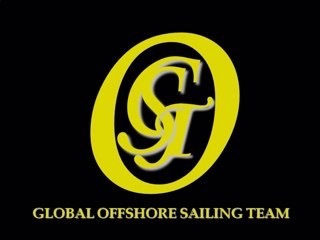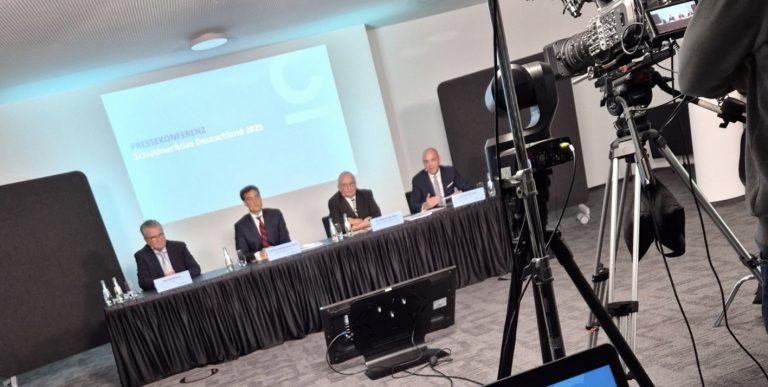By Jochen Werne – Skipper and Expedition Leader, Global Offshore Sailing Team
Introduction: When the Horizon Demands Leadership
In leadership, as in sailing, the horizon is never static. It shifts, expands, and at times threatens. Some horizons inspire us with opportunity; others loom with storms. The Arctic Horizon Expedition 2025 was born from a deep conviction: that the lessons learned in extreme navigation can serve as a compass for leaders navigating the storms of business, geopolitics, and human complexity.
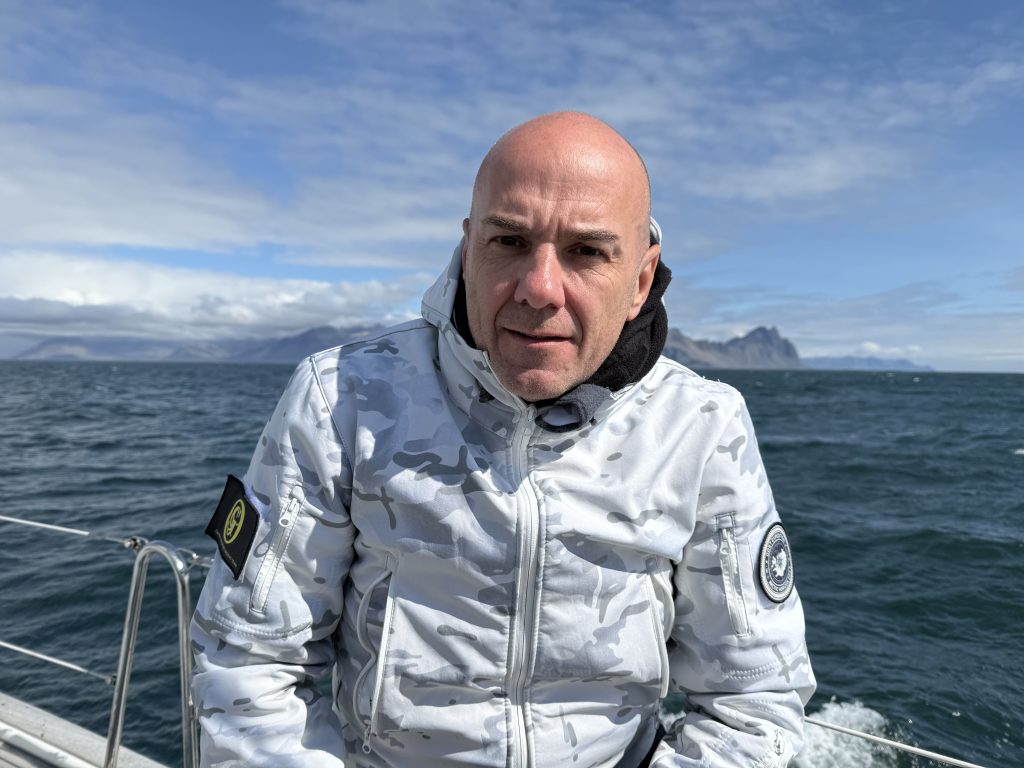
The mission was simple in words, daunting in execution: to sail from the Faroe Islands to Iceland and back, traversing one of the most volatile ocean corridors on Earth — the GIUK Gap. The forecast was clear: an 11 Beaufort storm with 10-meter waves advancing from the Greenland Sea. The decision was ours: whether to seek shelter, postpone the mission, or adapt and outpace the storm.
What unfolded was a journey of 600 nautical miles, culminating in a mere 23-minute stop in Iceland before setting course homeward, racing the incoming tempest. For us, it was more than seamanship. It was an exercise in leadership under extreme pressure, where decisions shape not only outcomes but lives.
This article reflects on that expedition, but more importantly, it seeks to draw lessons for leaders in boardrooms and businesses worldwide. The parallels between commanding a crew in Arctic waters and leading an organization through crises are striking. Both demand foresight, courage, decisiveness, and — above all — trust in one’s team.
1. The Nature of Extreme Navigation
The North Atlantic, particularly the waters between the Faroe Islands, Iceland, and Greenland, is one of the harshest sailing environments on Earth. Known as the GIUK Gap (Greenland-Iceland-United Kingdom), it is both a geographic choke point and a meteorological crucible. Storm systems form and move with terrifying speed. Weather forecasts, though aided by satellites and AI, still leave margins of uncertainty that can decide life or death at sea.
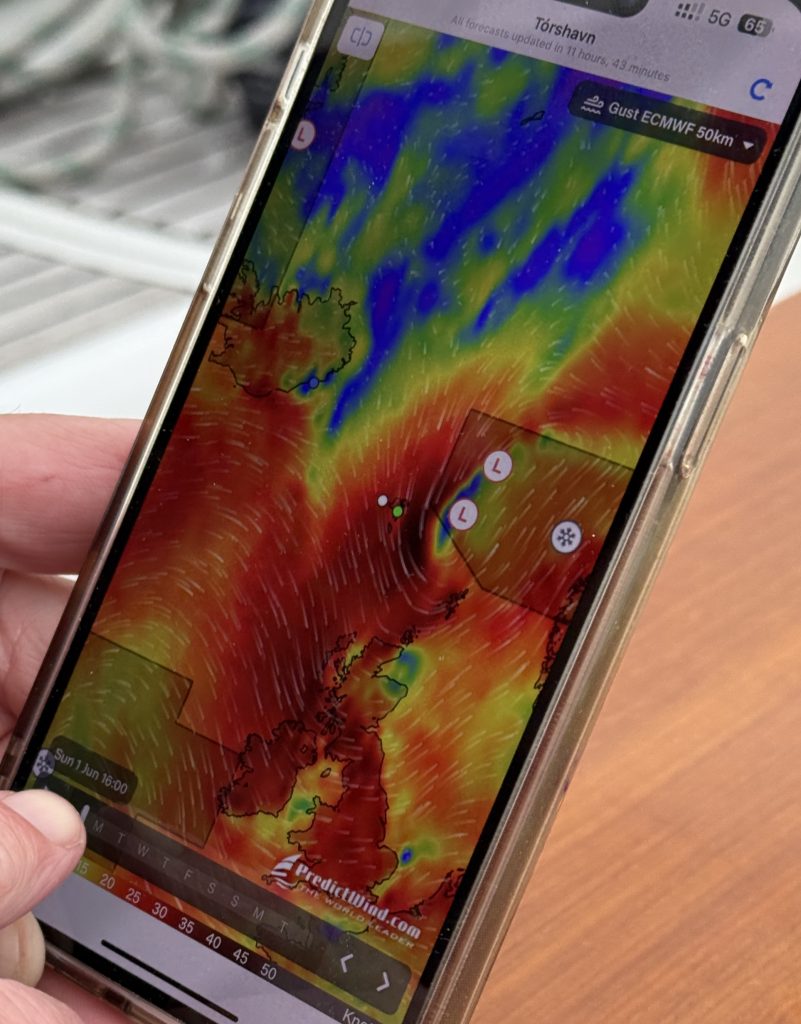
For business leaders, this environment resembles volatile markets or industries facing disruptive innovation. You are given incomplete data, imperfect forecasts, and yet decisions must be made. Hesitation can mean missed opportunities or catastrophic losses.
During Arctic Horizon, the storm trajectory gave us a dilemma:
- Option 1: Stay in port and wait for the storm to pass, sacrificing the expedition’s timeframe and purpose.
- Option 2: Sail to Iceland, risk arriving just as the storm hit, and potentially face conditions beyond the vessel’s or crew’s limits.
- Option 3: Execute a calculated sprint: make landfall in Iceland, stop only long enough for essential checks, and depart again within 23 minutes, ensuring we would cross back into the Faroe channel ahead of the storm wall.
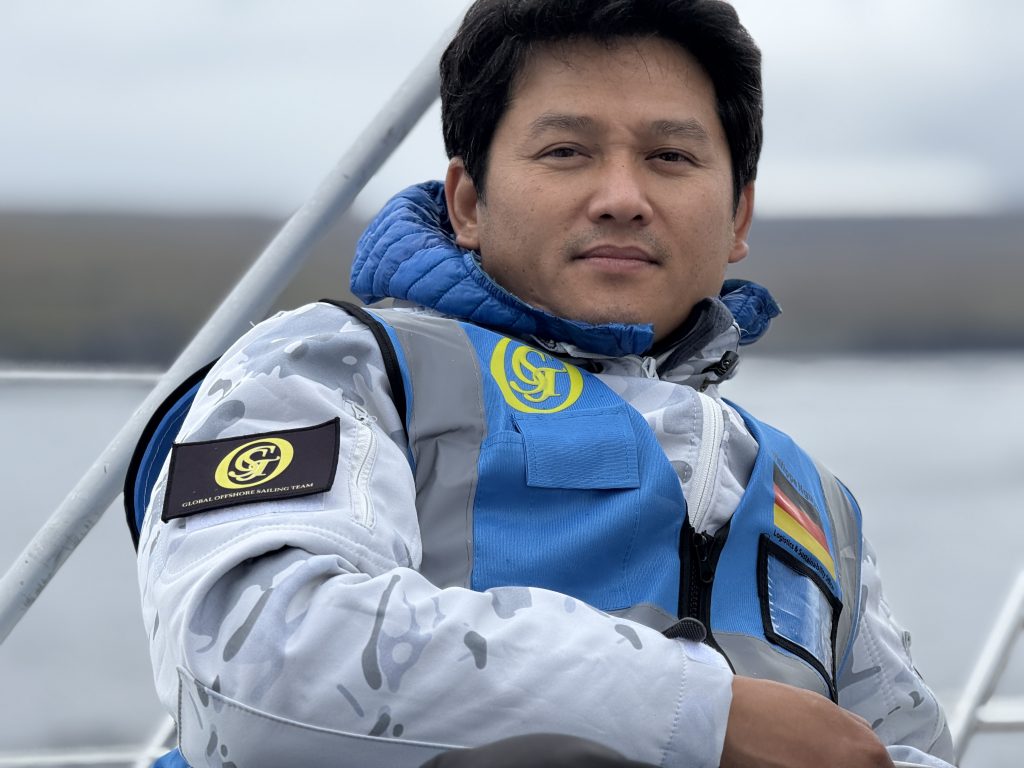
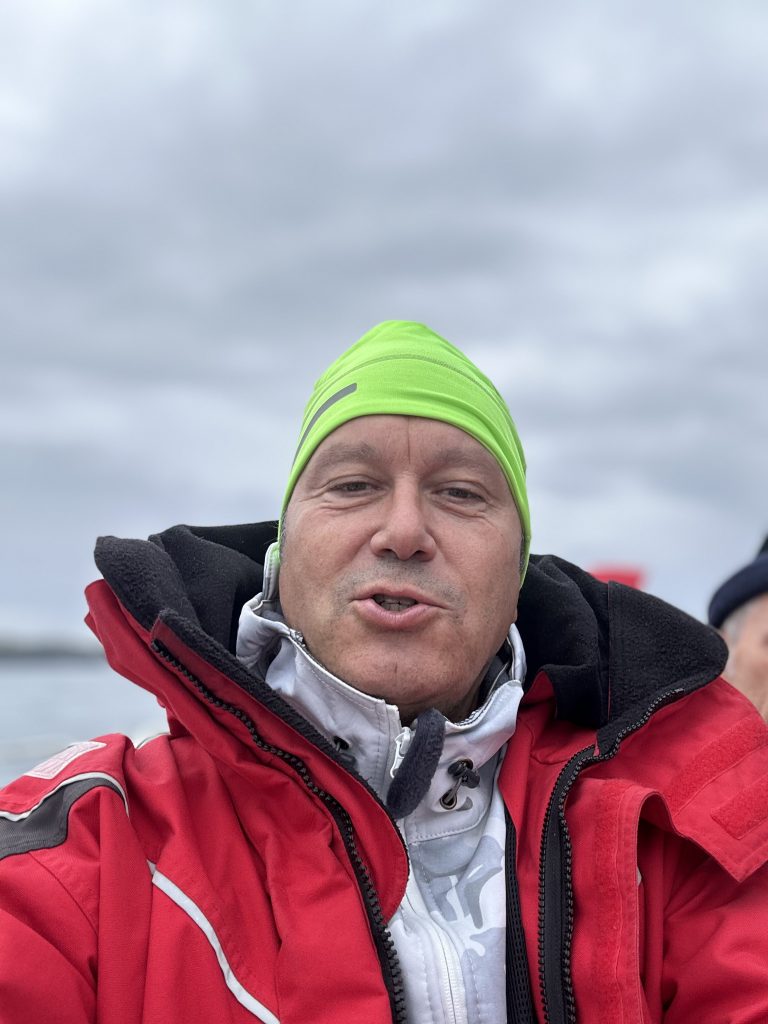
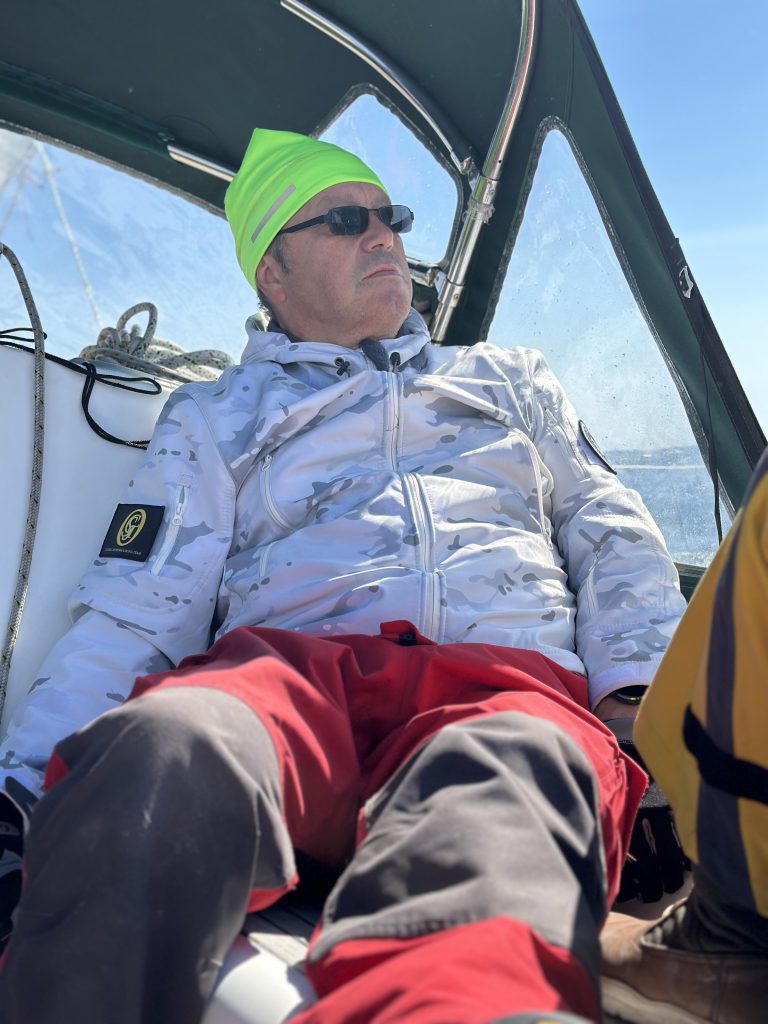
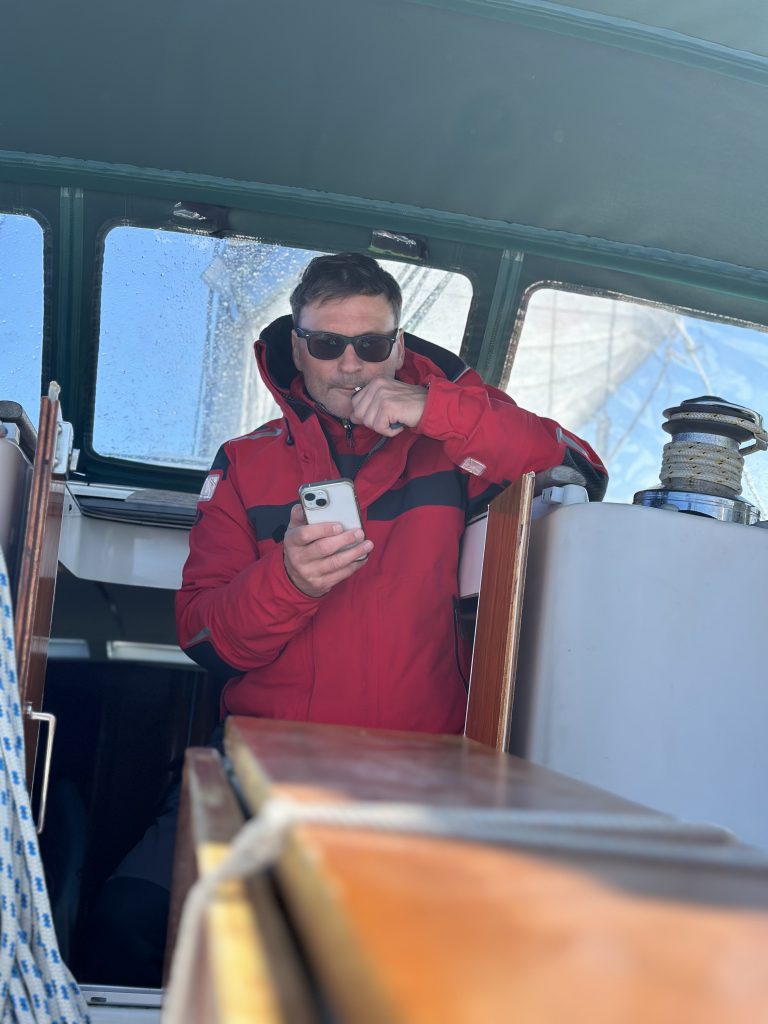
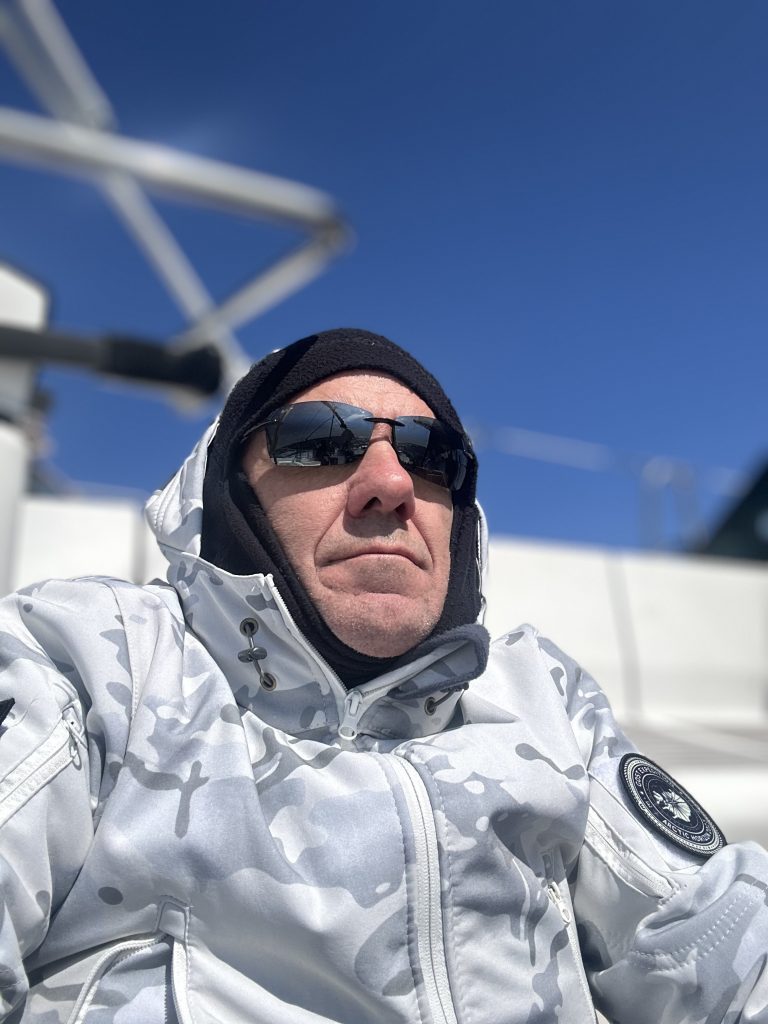
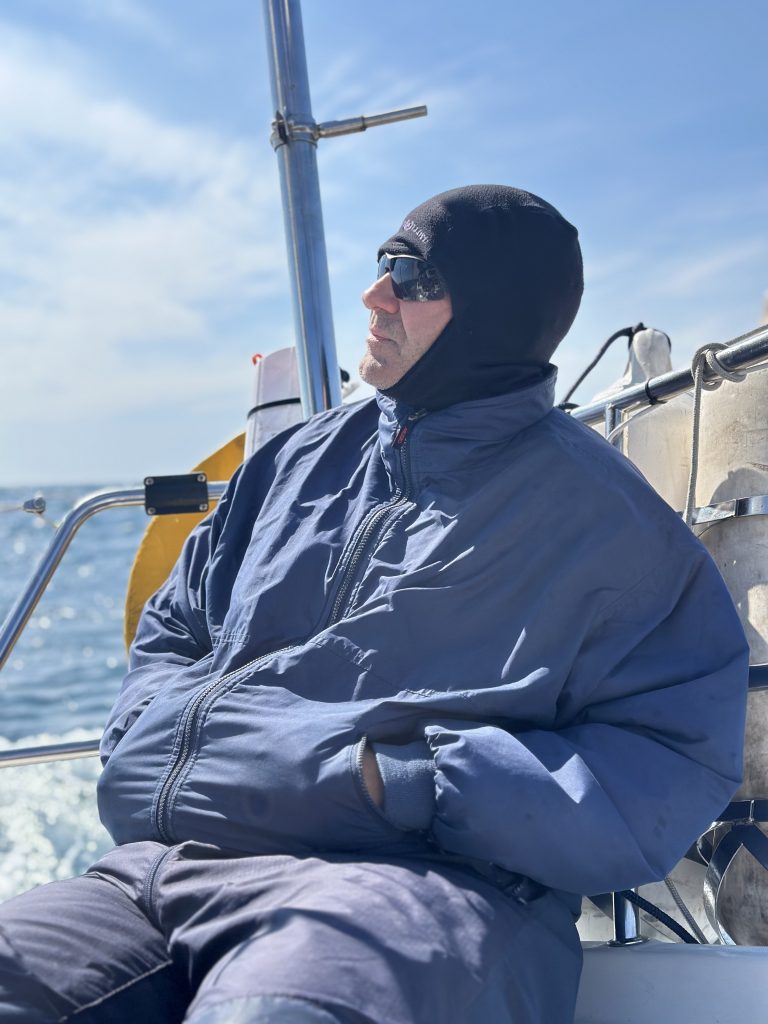
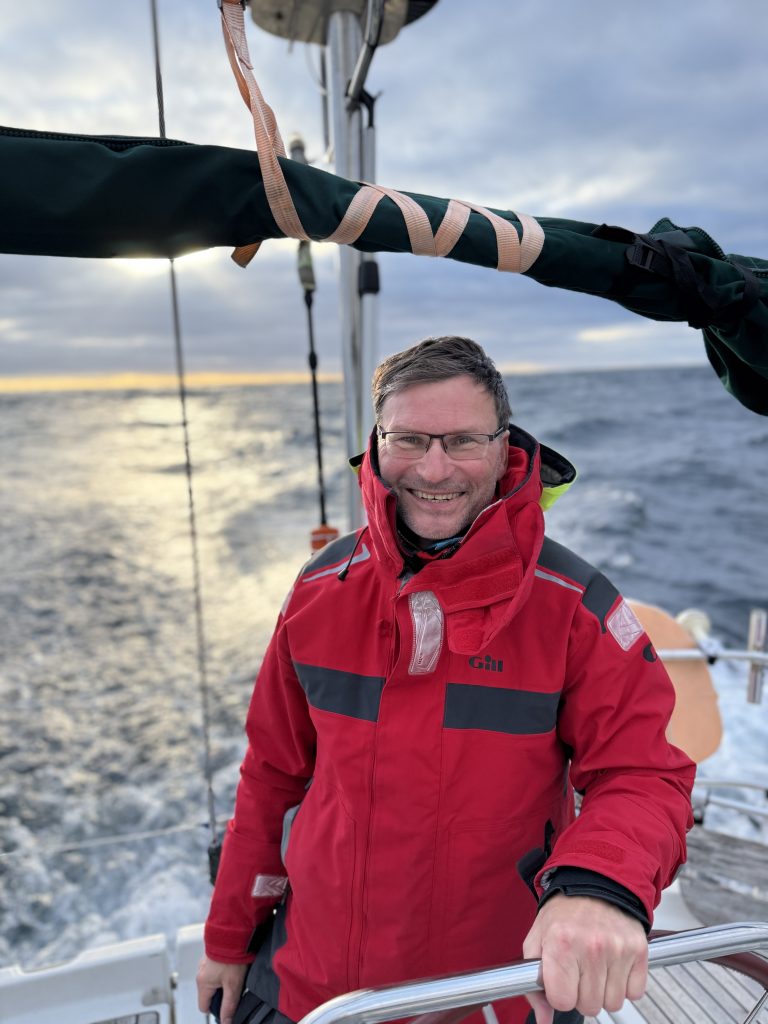
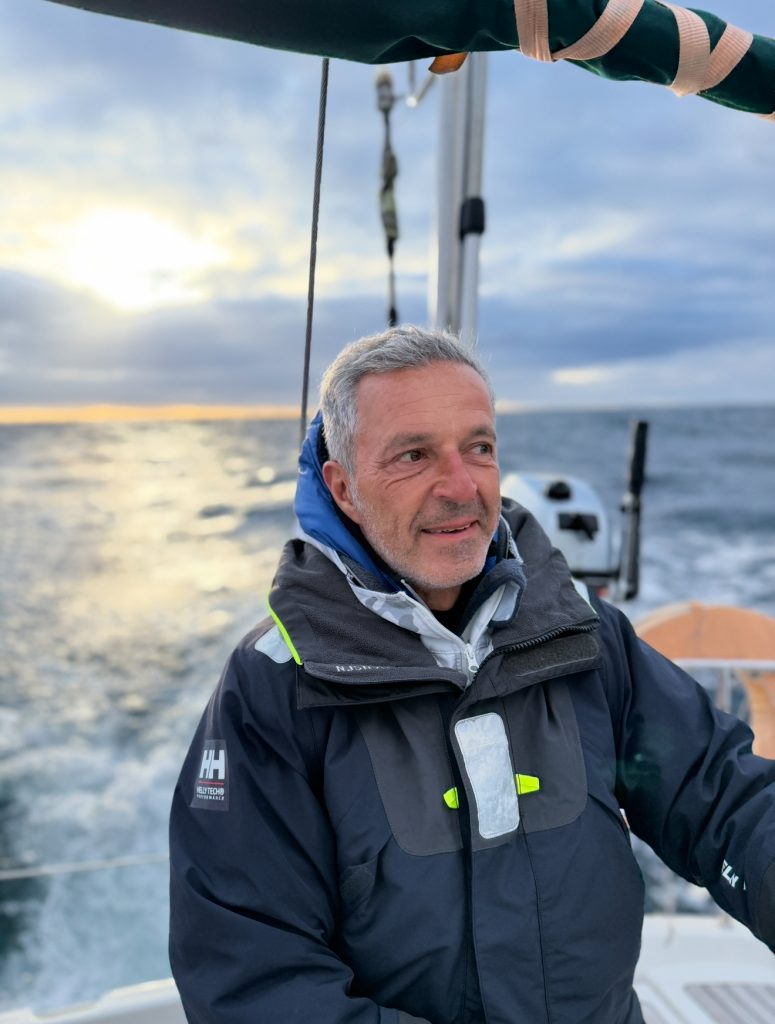
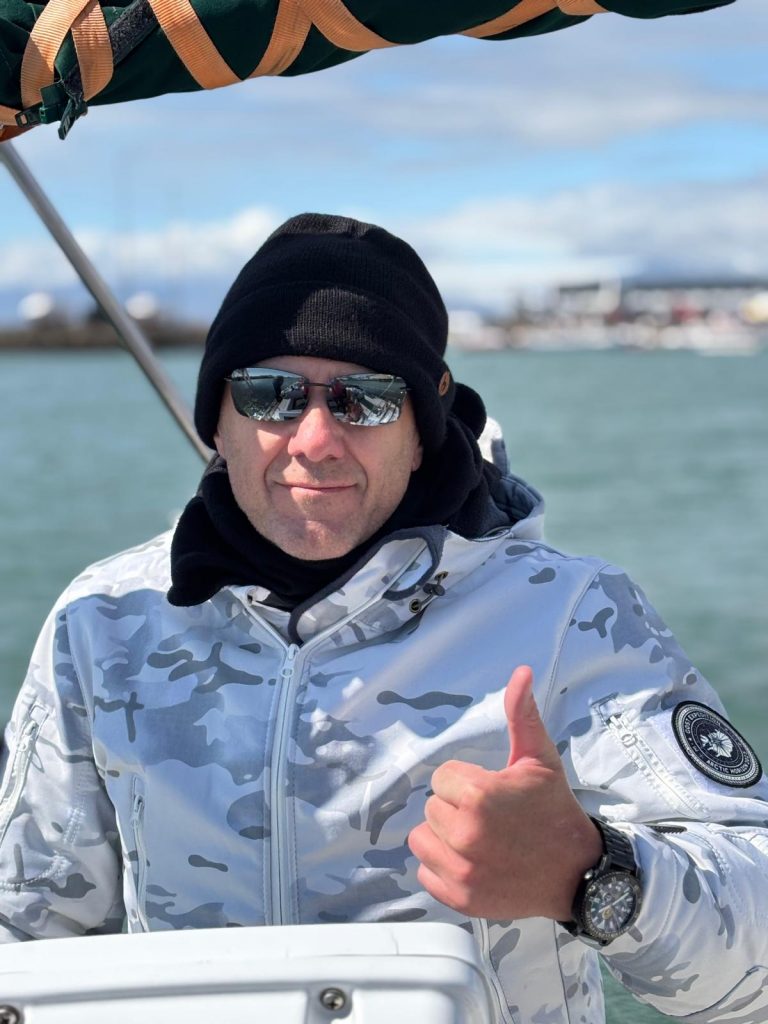
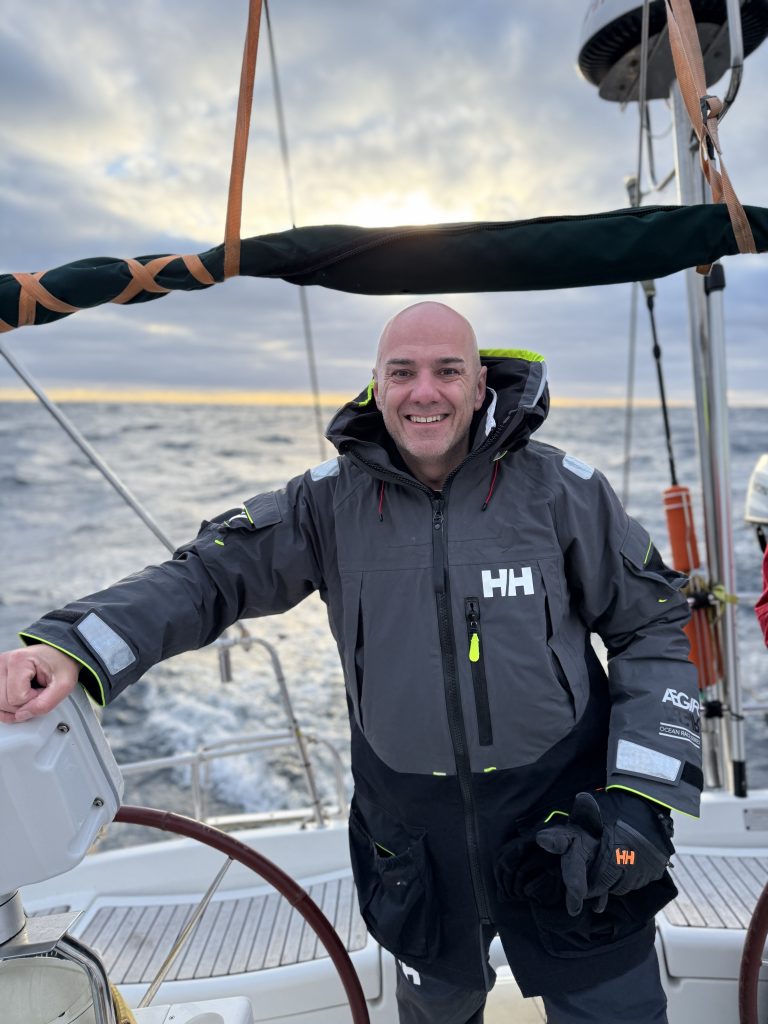
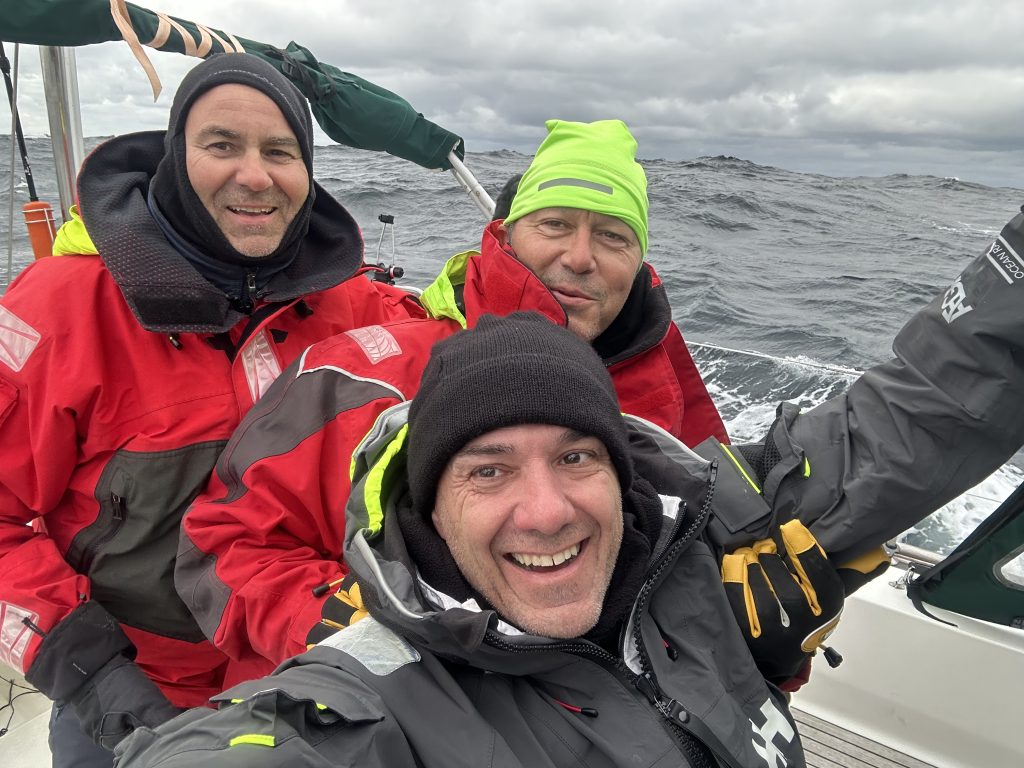
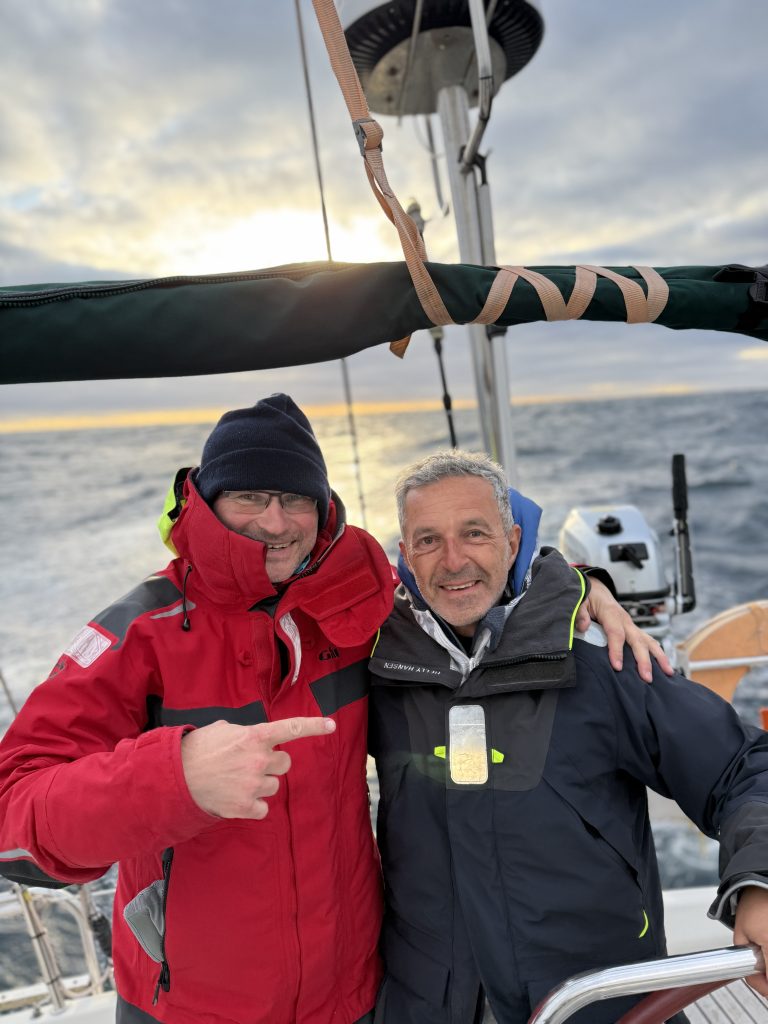
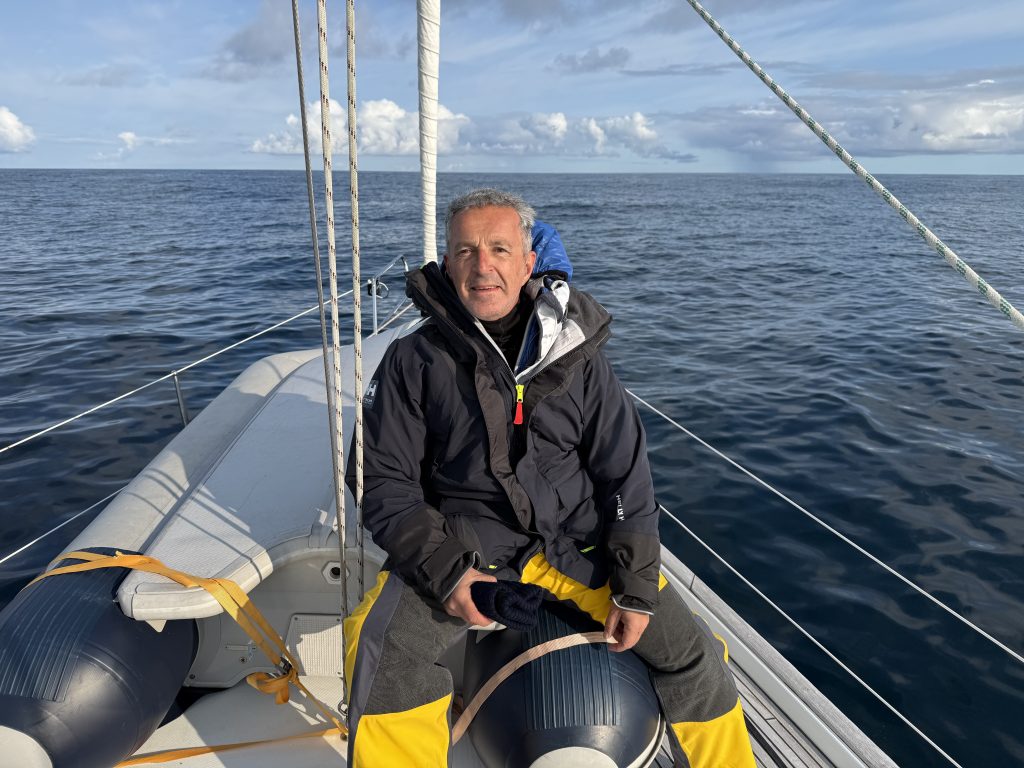
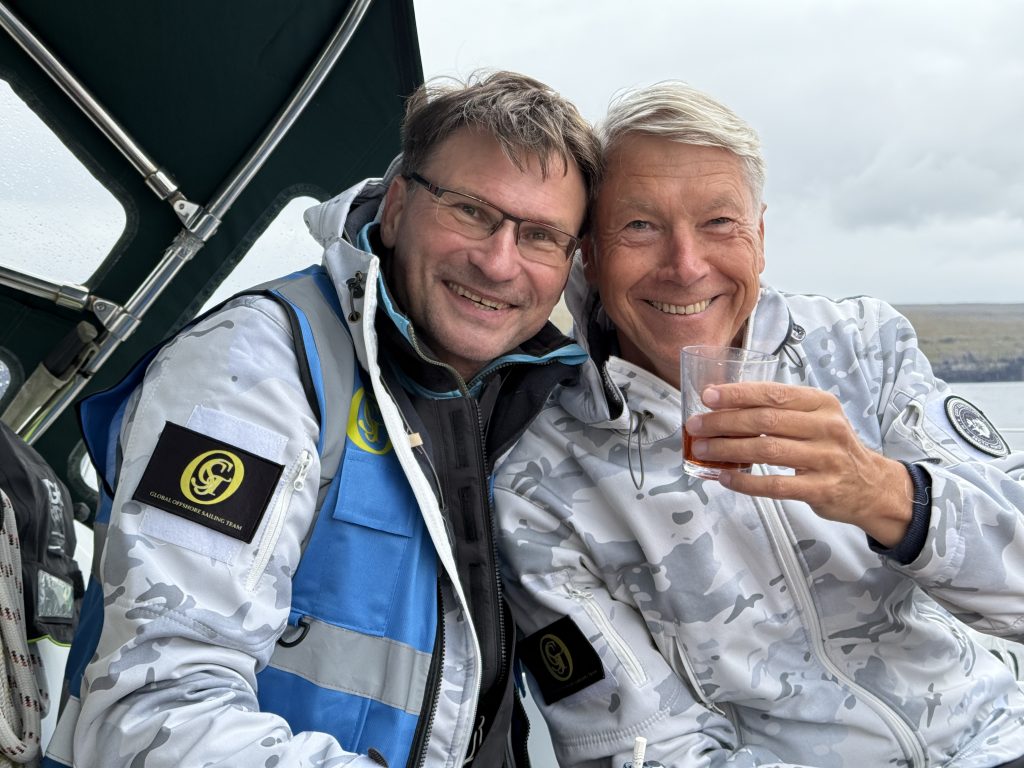
We chose the third option. The decision was not taken lightly. It required us to weigh data, risk appetite, crew condition, and mission goals — in much the same way CEOs weigh investments, acquisitions, or strategic pivots.
Leadership Principle: Clarity under uncertainty beats false precision.
In volatile conditions, leaders must accept that perfect data will never arrive in time. The ability to decide — not rashly, but decisively — distinguishes leaders who survive storms from those who are swallowed by them.
2. The Decision: Just 23 Minutes in Iceland
Decision-making under pressure is both art and science. In our case, the science was found in meteorological data, AI-based routing algorithms, and satellite imagery. The art lay in interpreting the crew’s stamina, the vessel’s limits, and the intangible “feel” of the sea acquired through years of experience.
Our strategy required meticulous planning:
- Approach Iceland with speed: averaging over 8 knots in confused seas.
- Dock with precision: no room for error in a small harbor and a heavy swell harbour entrance.
- Conduct essentials in 23 minutes: customs, inspect the yacht, off-board team mates, and reset crew watches.
- Depart before the storm reached its destructive force.
Why 23 minutes? Because forecasts indicated that after that threshold, the outer bands of the storm would make arrival in the Faroe Islands suicidal. In leadership terms, it was a micro-window of opportunity — one of those fleeting chances that demands total readiness.
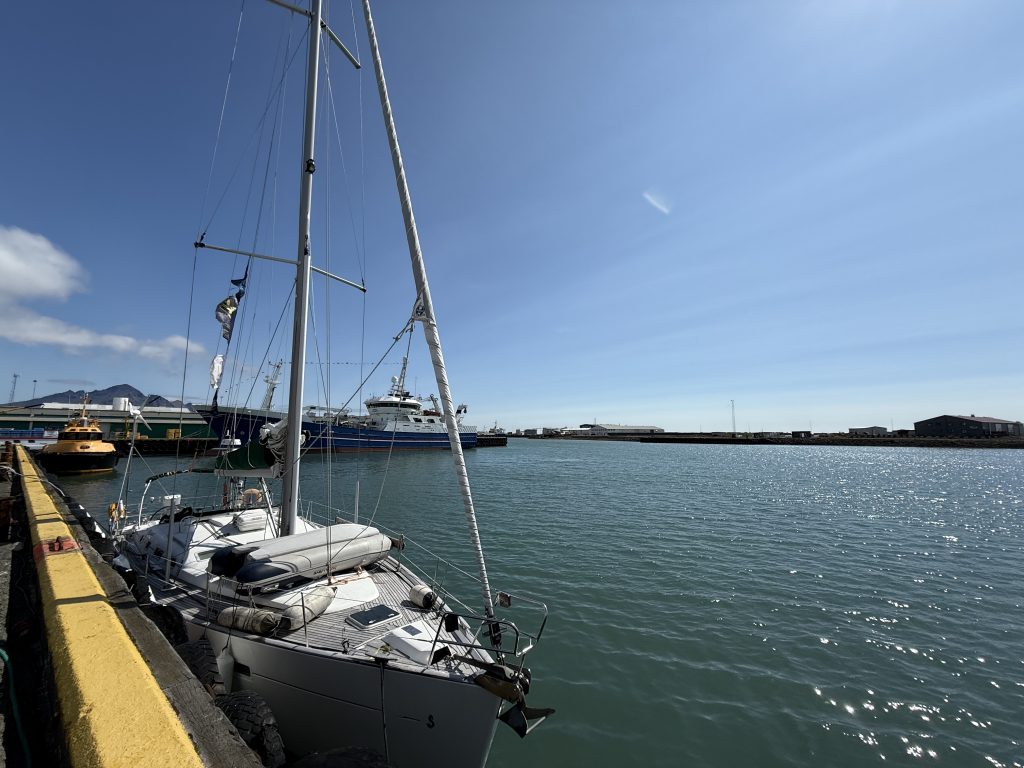
For businesses, these 23 minutes symbolize the narrow windows in which opportunity exists before disruption strikes. A competitor launches a new product, a regulator changes the rules, a crisis erupts — and leaders have moments, not days, to respond.
Leadership Principle: Great leaders act on time, not in time.
Acting “in time” is reactive. Acting “on time” is proactive, preempting threats and seizing opportunities before others even recognize them.
3. The Human Factor in Storm Leadership
No storm can be faced alone. In the North Atlantic on the edge to the Arctic, leadership is inseparable from teamwork. The watch system ensured that while half the crew rested, the other half stood ready at the helm, sails, and radar. Fatigue was constant; the cold gnawed at muscles and morale. Yet the crew remained disciplined, professional, and — crucially — trusting of one another.
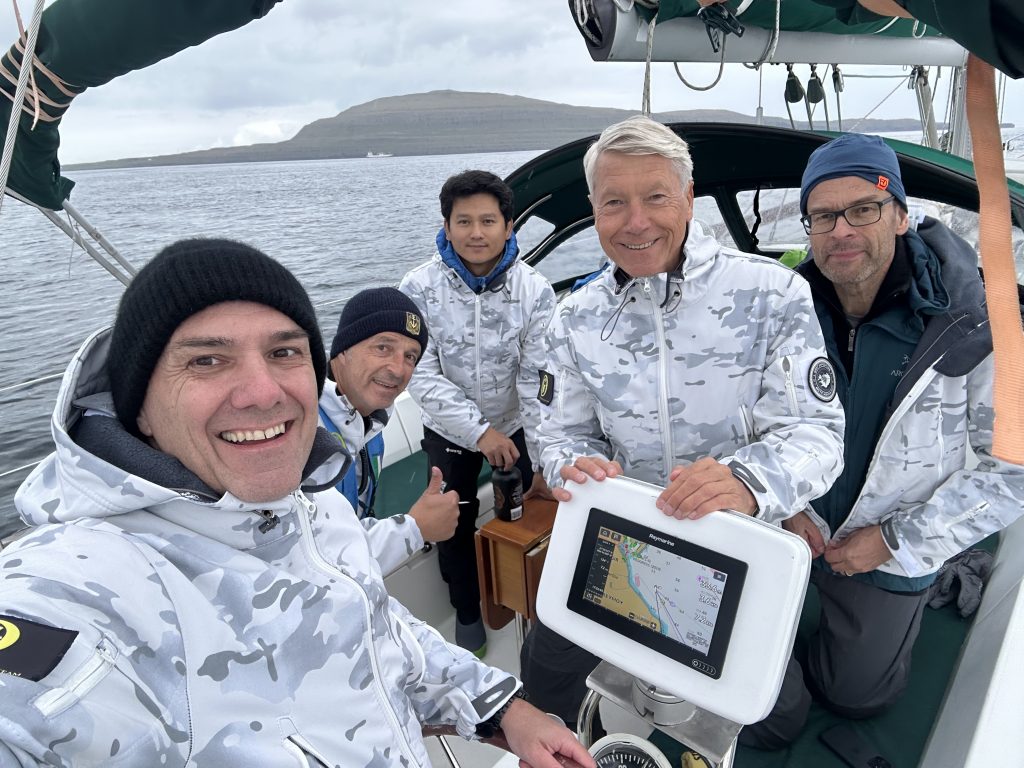
Here lies one of leadership’s greatest truths: trust transforms stress into resilience. A fatigued sailor may push on, not because of personal stamina, but because of faith that his or her crewmate will relieve them with equal commitment.
In business, trust functions the same way. In times of crisis, people will not give their best because of a strategy document or quarterly target. They will give their best because they believe in their leader and their team.
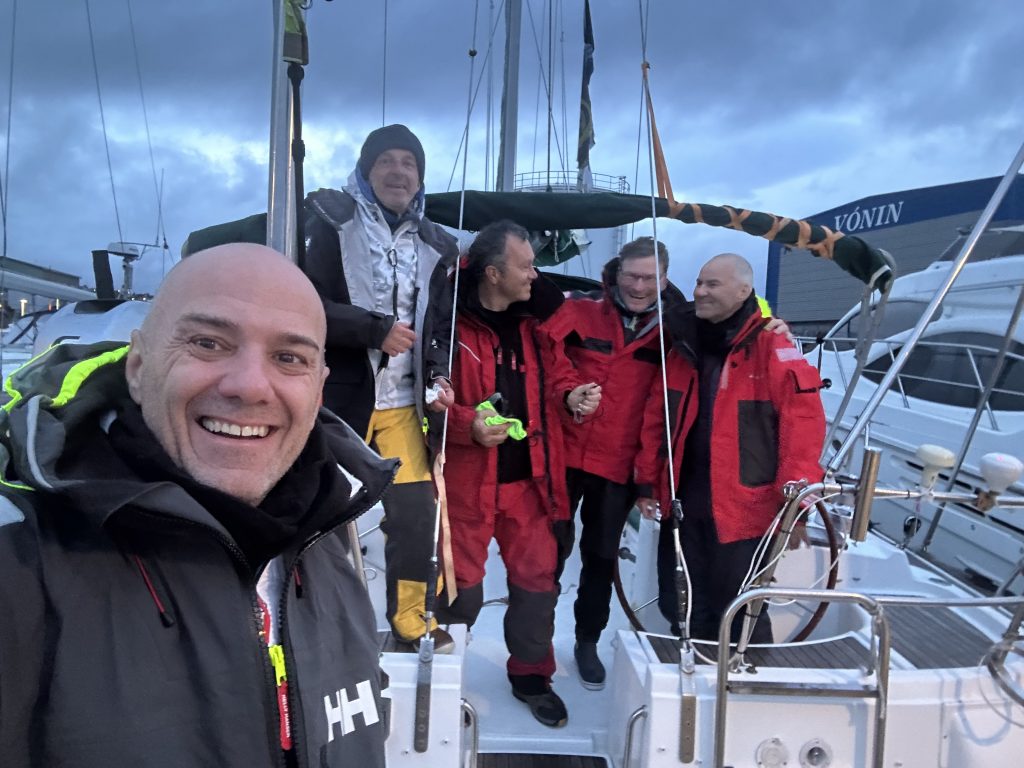
We also confronted the psychological component: the invisible weight of fear. The possibility of ten-meter waves breaking over the bow are a primal reminder of nature’s power. Leaders must not only manage operations but also emotions. Remaining calm, issuing clear commands, and exuding confidence became as important as trimming sails or plotting courses.
Leadership Principle: Trust is the currency of resilience.
4. Professionalism and Legacy
The Global Offshore Sailing Team (GOST) is not an ad-hoc crew. It is a corps of sailors, professionals, and adventurers with a 25-year history of expeditions linking diplomacy, remembrance, and seamanship. From Antarctic Blanc to Black Sea Dragon, GOST missions carry both symbolic and practical weight.
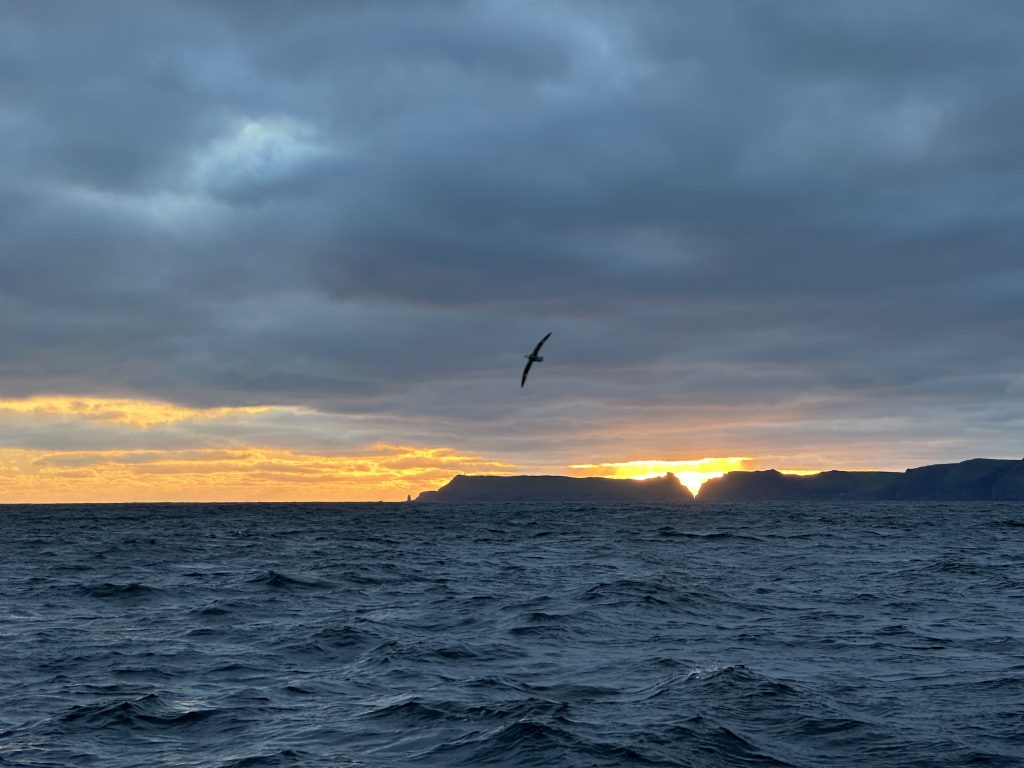
This legacy matters. It binds the team with shared rituals and values. Every sailor knows they are part of something larger than themselves — a tradition of courage, remembrance, and international friendship. That shared heritage created an unspoken commitment during Arctic Horizon: failure was not an option.
In organizations, legacy and rituals build culture. They remind teams why they exist and why their work matters. Leaders who ignore culture may win short-term battles but will lose the war for loyalty and resilience.
Leadership Principle: Legacy creates loyalty; rituals reinforce resilience.
5. From Plotting to Satellite: The Technology Shift
When I began sailing, navigation meant plotting positions with estimated speed, compasses, and charts. Decisions relied on intuition and the slow drip of weather reports. Today, we have AI-enhanced routing systems, real-time satellite communications, and predictive models.
During Arctic Horizon, the tools we‘ve used provided us with multiple routing scenarios:
- Path A: storm-de-risk route.
- Path B: longer but safer, with diminishing return on time.
- Path C: the sprint with a micro-stop in Iceland.
We chose Path C, not because AI commanded it, but because human judgment aligned with machine prediction. Technology gave us options; leadership required the courage to choose.
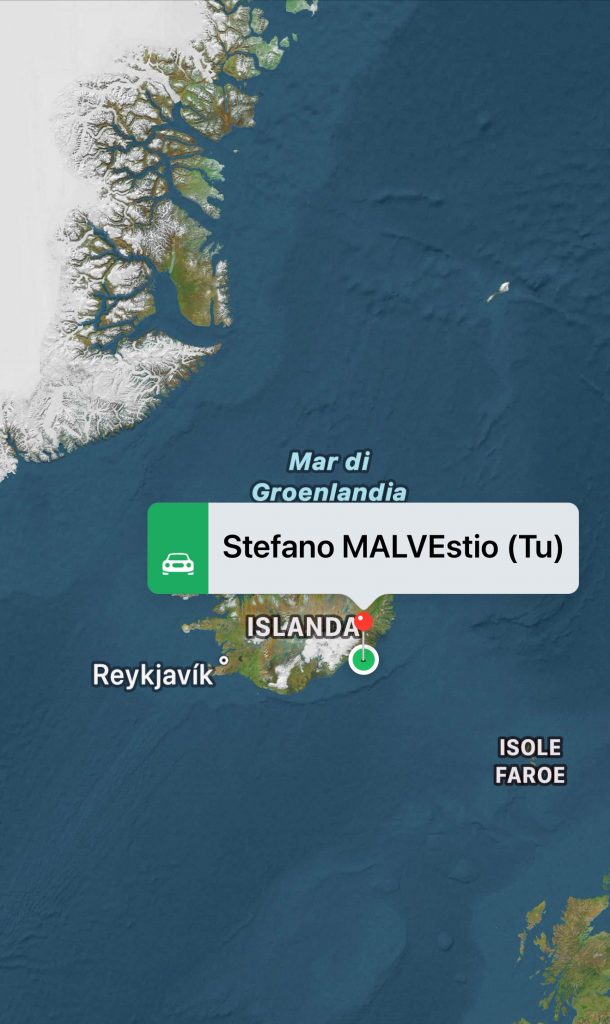
In business, technology plays the same role. AI, analytics, and dashboards are powerful, but leaders must resist the illusion of certainty. No algorithm bears responsibility; humans do.
Leadership Principle: Technology amplifies judgment but never replaces it.
6. Translating Lessons to Business Leadership
The lessons of Arctic Horizon translate directly into the boardroom:
- Storm = Corporate Crisis.
Whether a financial crash, supply chain disruption, or regulatory change, storms are inevitable. The question is not if, but when. - 23-Minute Stop = Window of Opportunity.
Leaders often have minutes, not months, to pivot. Preparedness, decisiveness, and alignment enable seizing these windows. - Watch System = Team Resilience.
Just as crews rotate to manage fatigue, organizations must distribute responsibility to prevent burnout and sustain performance. - Legacy = Corporate Culture.
Like GOST’s heritage, organizational rituals and values forge resilience in adversity. - AI Navigation = Business Analytics.
Tools are invaluable, but leadership demands judgment, courage, and accountability.
Leadership Principle: Leadership is not about avoiding storms, but about preparing crews to navigate them.
Conclusion: The Horizon Ahead
The Arctic Horizon Expedition was more than a test of seamanship. It was a mirror reflecting the essence of leadership in turbulent times. In its 600 nautical miles, in its 23 minutes of urgency, and in its confrontation with an 11 Beaufort storm, it crystallized truths that apply equally at sea and in the boardroom.
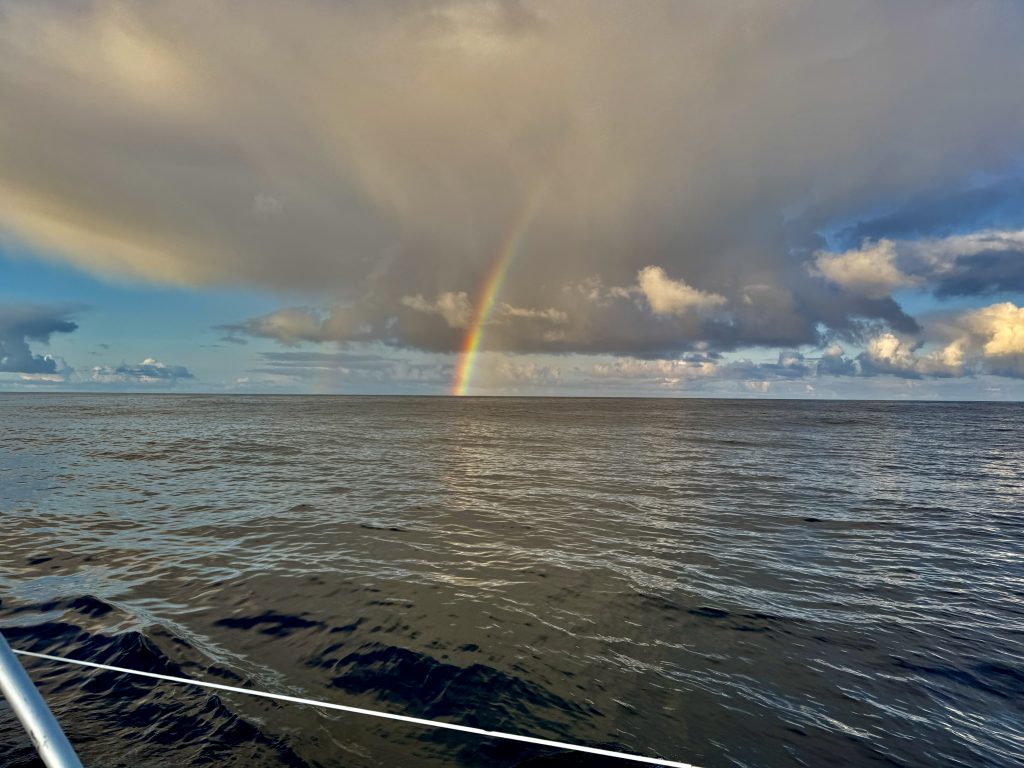
Leaders today face storms of disruption, technological upheaval, and geopolitical uncertainty. They must learn to:
- Act on time, not in time.
- Build trust that converts stress into resilience.
- Embrace technology while retaining human judgment.
- Anchor their teams in legacy and culture.
The horizon is always shifting. Some leaders fear it. Others chase it. But the greatest leaders understand: the horizon is not an endpoint. It is a call to venture further, to embrace uncertainty, and to lead with courage.
At sea, as in business, the storms will come. But with vision, trust, and resilience, we can sail not only through them — but because of them, toward new horizons.
Jochen Werne
